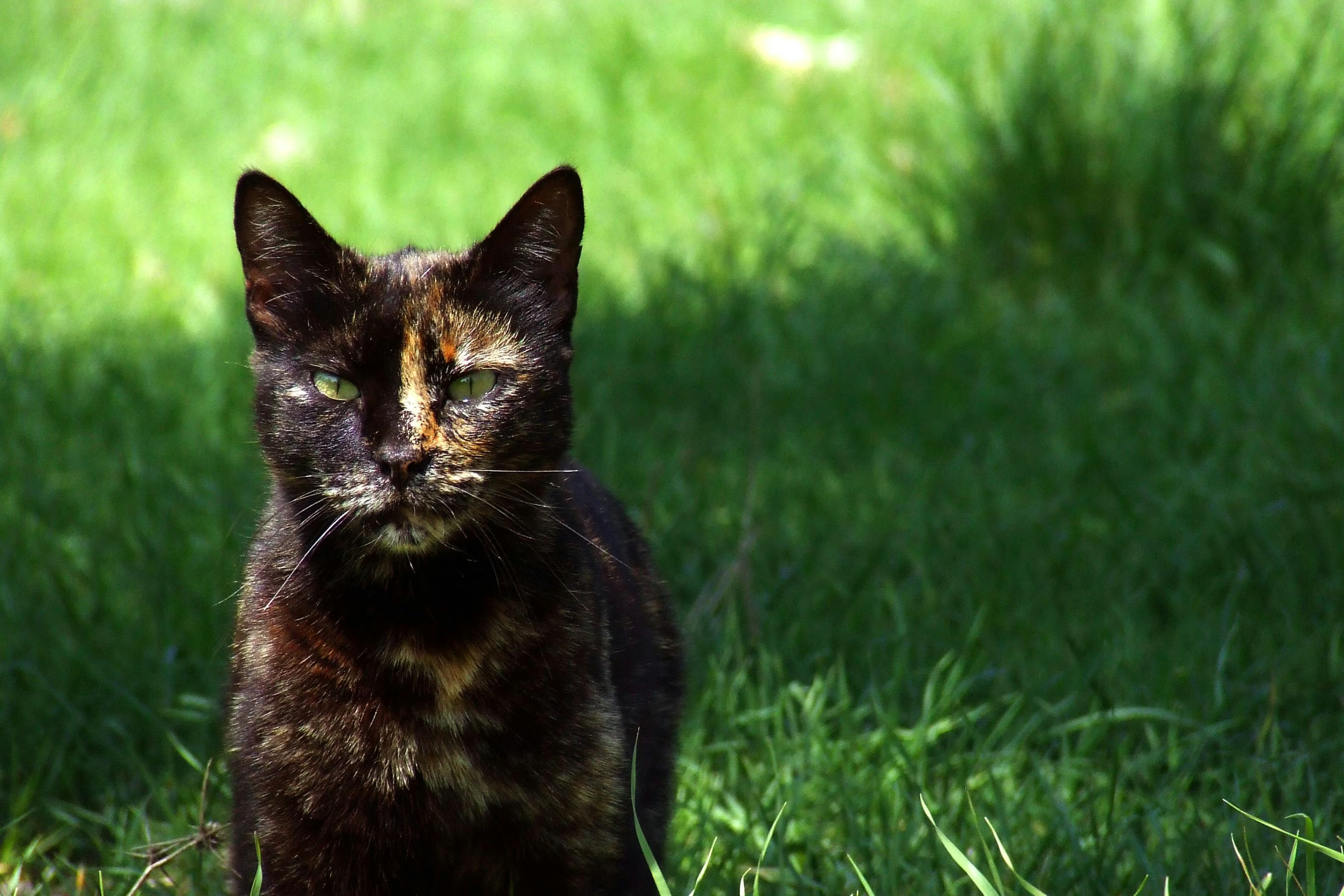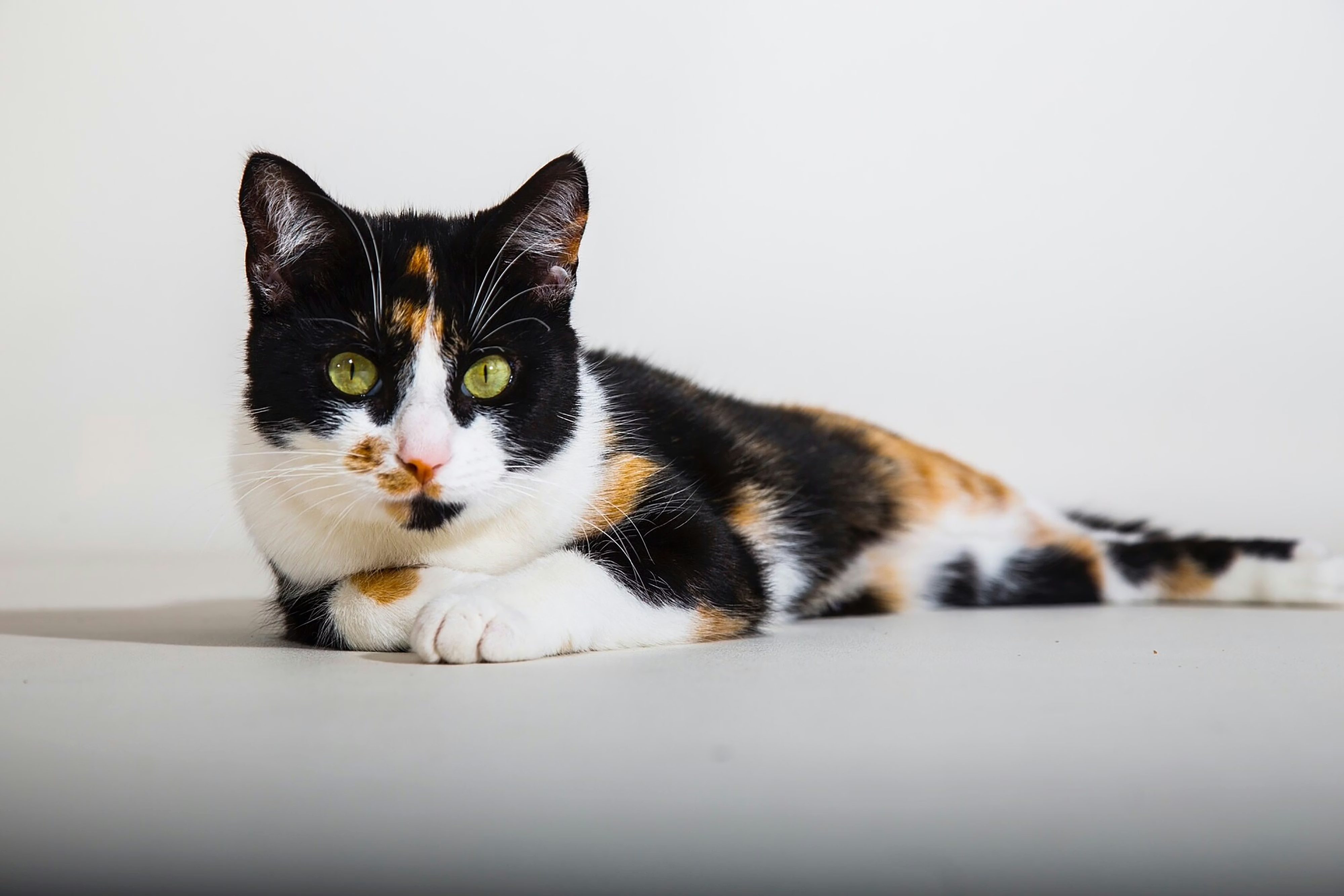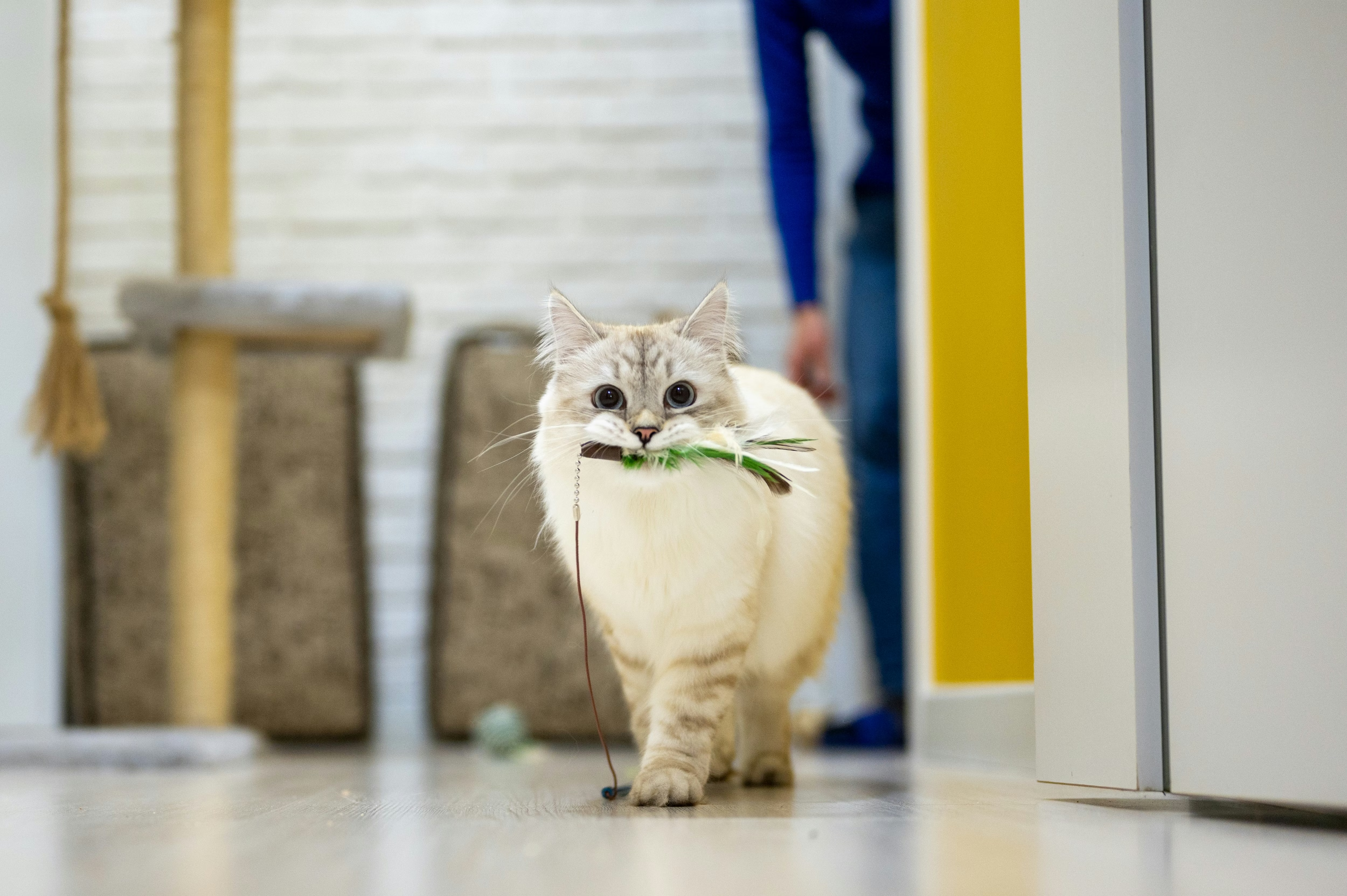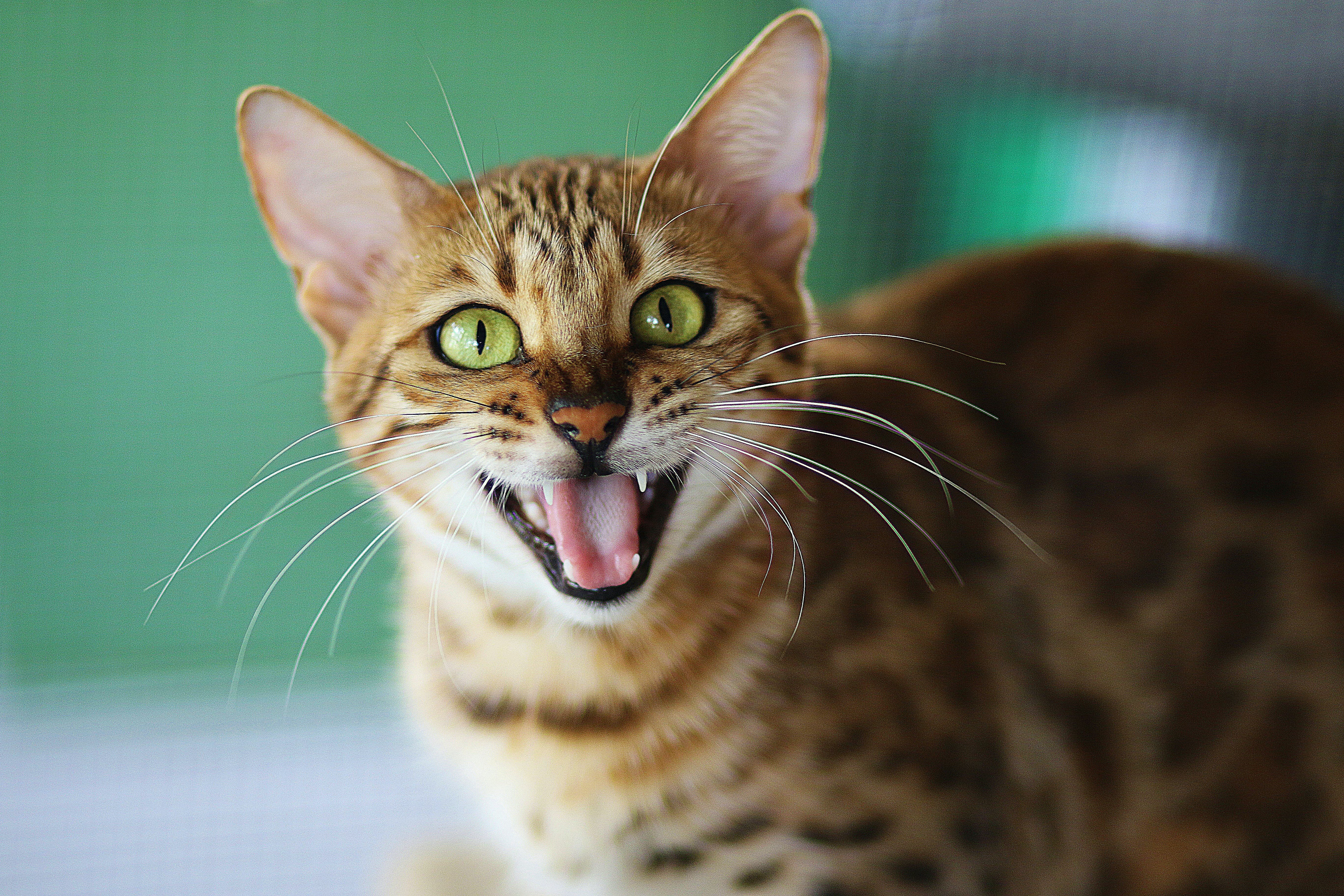Orange cats are sweethearts, and calicos are feisty. At least that’s what you might hear from people who’ve spent a lot of time around kitties. But are a cat’s personality and coat color really connected? Let’s take a look at where research and pet parent perceptions overlap.
Why study coat color and personality?
The idea that a cat’s coloring might predict their personality wasn’t pulled out of thin air. Or at least it wasn’t conjured up by a few people looking to explain why the orange cats in their neighborhood are always seeking out affection while the tortoiseshells hiss at them from under a car. Enough pet parents and veterinarians have observed what appears to be a connection between certain coat colors and personality traits that researchers thought it a worthwhile question to study.
Why does it matter? For one reason, a person may judge a cat based on preconceived ideas that may not be true. For example, someone may adopt a cat that looks a certain way because they believe it will have specific personality traits—only to be disappointed if the cat doesn’t live up to expectations. Or they may choose not to get a particular cat if they think their coloring is a sign of qualities they find undesirable. Secondly, the more we understand our mysterious feline friends, the better. Insights into genetics and their impact on health, behavior, and more enable veterinarians, pet product companies, and pet parents to take the best possible care of cats.

What the science tells us
Researchers at UC Davis conducted the first known study on a potential link between a cat’s coat color and behavior. To gather data, the team sent surveys to 1,200 cat owners (all of whom were unaware of the study’s purpose). These cat owners provided a physical description of their pets and answered questions about their behavior. Analysis of the survey responses indicated that tortoiseshell and calico cats were more likely to display a range of aggressive behaviors such as hissing, scratching, swatting, and biting. These findings may not be news to those who have cats with this coloring and know them to have a heavy dose of cattitude. But researchers were surprised to learn that black and white and gray and white cats also showed an increased likelihood of aggressive behavior. Pet parents of solid-colored cats, on the other hand, reported fewer instances of aggression.
However, coat color doesn’t exist in a vacuum. Almost all cats with calico coats are female. That’s because the genes for orange and black coloring are carried on the X chromosome. And since female cats have two X chromosomes, they can display both colors at once. Male cats have XY chromosomes, so they can only display orange or black coloring (except in the rare instance when they carry an extra X chromosome). And the vast majority of solid orange cats are male. So this begs the question: does the feisty stereotype for calicos and the friendly one for orange cats relate to their coat color or sex? At this time, there is no definitive answer.
And, of course, the breed also comes into play. Certain breeds, such as Maine Coons and Ragdolls, are selectively bred for their sweet, friendly nature—personality traits that can be passed down through the family tree.

A pet parent’s role in influencing cat behavior
Regardless of coat color, sex, or breed, there are things you can do as a pet parent to help your cat be a well-socialized feline citizen. Getting your kitten or cat used to new experiences, environments, and interactions will help them feel safe and comfortable around people and other animals.
Start by giving your cat time alone in a new space to get used to the sights and smells. Then start introducing your cat to new people, one at a time. Let your cat be the one to initiate contact, and allow them to retreat if they feel nervous or scared. This process may happen quickly if you have a naturally outgoing and curious cat. Shy or anxious cats may take more time. Letting your cat dictate the pace of socialization will help them feel comfortable and confident in different situations, which can reduce tendencies toward aggression.















